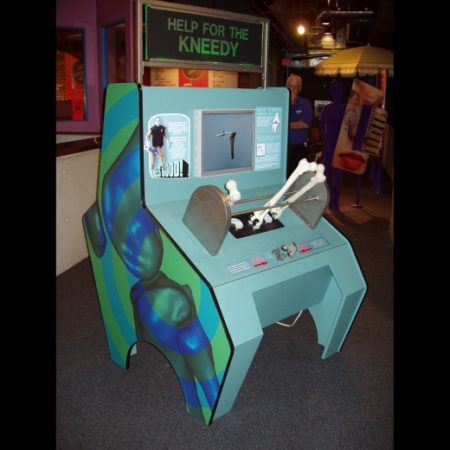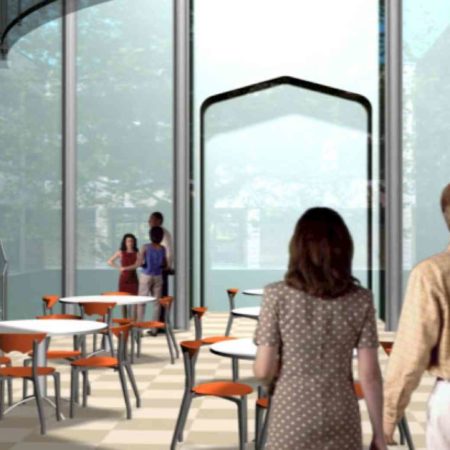Aesthetic Computing
UF Faculty receives grant for Aesthetic Computing
Aesthetic Computing refers to the search for a new development of representation and notation, the exploration on the use of artistic methods and processes within common representations found in computing. With an increased efficiency for creating virtual 3D models and rapidly prototyped physical objects, computer scientists need to explore ways in which the arts can be used in the specification of software. The project was lead by Dr. Paul Fishwick (CISE), working with co-PIs Drs. Tim Davis (CISE) and Jane Douglas (English).
Description
UF Faculty receives grant for Aesthetic Computing
Aesthetic Computing refers to the search for a new development of representation and notation, the exploration on the use of artistic methods and processes within common representations found in computing. A better way for people to better understand currently hard-to-follow structures for computing and mathematics.
Three faculty, two from Computer Science, and one from English, were awarded $450,000 from the National Science Foundation to study ways in which aesthetic media and presentations can be used in creating formal models for Computer Science. The project was lead by Dr. Paul Fishwick (CISE), working with co-PIs Drs. Tim Davis (CISE) and Jane Douglas (English). With an increased efficiency for creating virtual 3D models and rapidly prototyped physical objects, computer scientists need to explore ways in which the arts can be used in the specification of software. Can software look more like a multimedia art production? The movement toward this goal has been given the name “Aesthetic Computing”, and it suggests a way for people to better understand currently hard-to-follow structures for computing and mathematics. The image shows a snapshot of a 3D operating system, which is a fairly large program used to control access to hardware and software resources on a computer. Examples of traditional operating systems, built with far more abstract notation and symbols, include Windows, Linux, and Mac OS. Aesthetic Computing paves the way for using personalized and culturally meaningful objects, media, and productions in the internal structures of software. This will lead to more people being able to understand and write their own programs, by building artistic productions.



